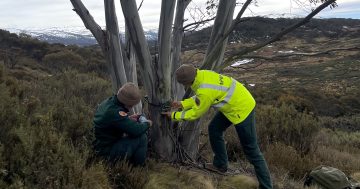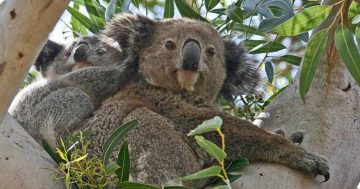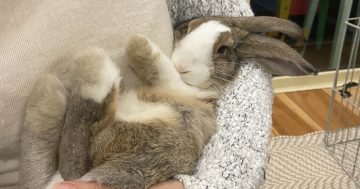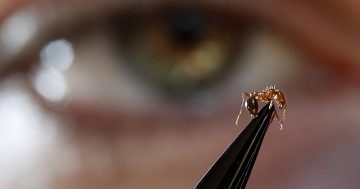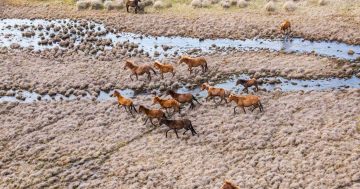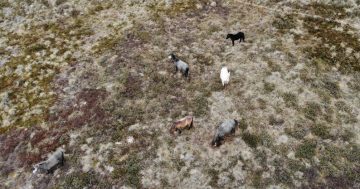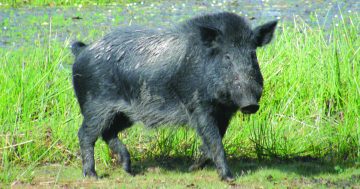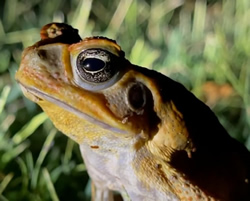 A new report from the Commonwealth Scientific and Industrial Research Organisation (CSIRO) has found Australia’s native wildlife to be under unprecedented attack from plague and predators.
A new report from the Commonwealth Scientific and Industrial Research Organisation (CSIRO) has found Australia’s native wildlife to be under unprecedented attack from plague and predators.
In a statement, the CSIRO said its report, Fighting plagues and predators: Australia’s path to a pest and weed-free future, warned that a significant amount of the country’s unique flora and fauna was in danger of disappearing by 2050 unless urgent action was taken.
It said the report, launched by the CSIRO and the Centre for Invasive Species Solutions (CISS), highlighted a looming wave of new extinctions and outlined two futures for Australia.
“One is based on an unsustainable ‘business as usual’ approach and the other on implementing targeted actions that would help save the nation’s unique biodiversity,” the CSIRO said.
The Organisation said the report put the conservative cost of damage caused by invasive species in Australia — predominantly weeds, feral cats, rabbits and fire ants — at $390 billion over the past six decades and around $25 billion each year and growing.
It said the report highlighted the need for emerging biosecurity technologies to be fast-tracked and for the urgent development of new techniques to prevent, eradicate and control invasive pests.
Co-author of the report and Scientist at the CSIRO, Andy Sheppard said while many Australians were aware of the havoc caused by the recent mouse plagues in NSW, Queensland and Victoria, they had no idea of the magnitude of the invasive species issue for Australia.
Dr Sheppard said many more smart decisions and interventions were needed to ensure resources were invested where they were most effective.
“We need to safely harness emerging technologies, revitalise our biosecurity research and innovation system, and continue to invest in long-term, strategic research and development,” he said.
Chief Executive of the CISS and co-author of the report, Andreas Glanznig said the single biggest vertebrate menace to native species was European rabbits, followed by feral cats, pigs, foxes and cane toads.
He said invasive plants were causing havoc in farmlands, forests and savannas with Australian now having more than 2,700 established weed species — which grew by 20 new species every year.
“Climate change, international trade and travel movements, and extreme weather events such as floods, fires and drought are driving the spread of invasive species — the challenge is for all Australians to work together to stop the problem from getting worse,” Mr Glanznig said.
CSIRO’s 31-page report can be downloaded at this PS News link.


